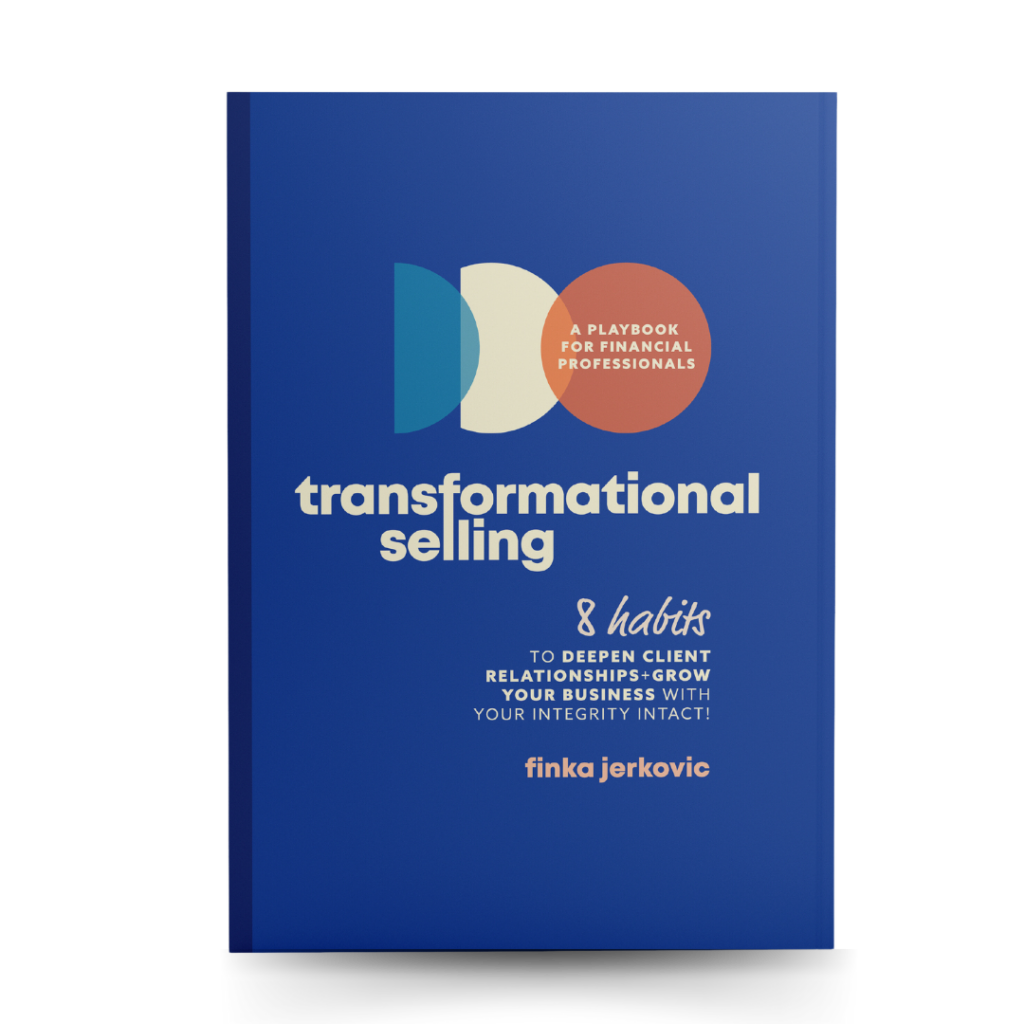The power of surrender can help you show up as your best coach and leadership self. And it’s something you and your team will thank you for. Liberating you from stress and control, but freeing your team to ownership and credibility, surrendering is all about letting go of things you can’t change. But more importantly, it’s about surrendering fear that fuels the need to control projects and employees. And when you surrender fear for love, you can better appreciate the abilities of your team and work together to achieve common business goals. Continue reading to learn how to use surrender as a coaching strategy and how it can transform your team.
1. Surrender the Wheel
Whether you’ve been at your company for three, five, or 10 years, it can be uncomfortable to have someone else in the driver’s seat when you’ve dedicated your heart and soul to the business. But to build other soulful leaders, like yourself, it’s necessary to allow your employee to be in the driver’s seat when coaching. You can be in the back seat of their vehicle, but at the end of the day, it’s the individual who closes sales, does the follow ups, and executes proposals. While you can guide them, acting as a GPS, the results and outcomes produced are their own. Whether good or bad, you’re not accountable for them, but you are accountable to ensure the employee in the driver’s seat keeps going and finds a strategic way forward.
2. Surrender Problem-Solving
You know that feeling when you have so many puzzles on your plate to sort through and you don’t know the answers to everything? It makes you want to pull your hair out. And as a leader, the problems may not even be your own. They could be from employees within your team and other departments.
While it can be satisfying sorting through problems and knowing they’re being solved efficiently, it’s time to delegate and teach your team how to sort through their own obstacles without depending on you, so they can bolster their problem-solving skills.
And you can do this by not focusing on the problem, but the person. Ask them:
- What are your thoughts and feelings about this problem?
- What have you done so far to solve it?
- What are some ways that you can move forward?
When you make a habit of asking your employees these questions in your coaching strategy, it will become muscle memory, and they’ll start asking themselves the questions. And they may not solve problems eloquently on their own the first time, but eventually, they’ll get there. Just like all great leaders, we learn from mistakes.
3. Surrender Expertise
You can’t do everything. And while you’ve mastered all the assets of your job to be promoted to a leadership position, you now need to let your team master all the areas too. Although, it’s not so much what your team is mastering but rather how they’re mastering it that defines their expertise. It all circles back to Brilliant Differences™ (the innate talents and gifts people are born with and the difference they’re meant to make in the world).
Here’s how you can coach to your team’s expertise and Brilliant Differences. Ask:
- What unique talents and skills do you bring to work?
- What impact do your unique talents and skills create for the business, clients, and other employees?
- What have your past successes been?
- How have your unique skills and talents contributed to success? Which gifts did you use?
While these aren’t your typical meeting questions, they’ll leave your team in clarity, knowing exactly how they deliver value at work, helping them sharpen their skills and expertise.
4. Surrender Results
To be a coach who instills innovation and growth within employees and who practices a brilliant coaching strategy, you need to swap out focusing on numbers for habits. I understand that we all have performance metrics and scores to reach. However, it’s not actually about the numbers, but how the numbers were reached. Dive deeper than the figures and discover how your employee missed the mark or exceeded their goal. Then, ask them questions to either improve their process or replicate the habits again for future success. Having goals is nice, but you can’t reach them without proper habits. And you can go a step further to help your team be aware of their habits and celebrate and adapt them as needed.
Surrender Reminders
Surrendering as a coaching strategy can be scary. It means you must change your current meeting and conversation habits. It means you can’t control every element of your business. The good news is you don’t need to do it cold turkey. Try surrendering one thing at a time and see how it impacts your coaching conversations.
If you need some guidance for which questions to use in your coaching conversations, I’ve created a free idea bank, Your Brilliant Coaching Cheat Sheet. It comes with a collection of questions you can use to promote problem-solving, growth, and breaking out of comfort zones.



